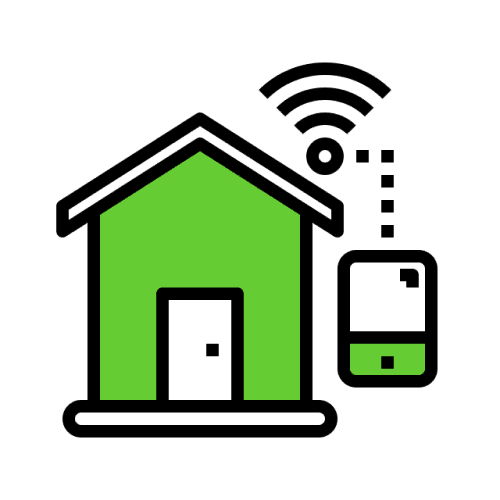
More best practices for your fix & flip.

Today’s homebuyers are interested in homes that offer automation of tasks that would otherwise require human operation. An example is a doorbell that can be monitored remotely. Other examples are thermostats that can be operated from a phone, lighting that can be operated without ever touching a light switch, and the standard garage door opener. Newer “smart” elements include such innovations as water-saving dishwashers and leak detector devices–and even smart smoke and carbon monoxide detectors that will not only sound a local alarm but will also send an alert to your smartphone and to anyone else whom you identify as an emergency contact. There is an ever-increasing number of smart home devices, not all of which require much of an investment. Prospective buyers will appreciate these amenities.

For prospective buyers who value wellness, being able to say that any painting was done with low- or no-VOC paint will be a selling point. Touchless faucets also appeal to those who want to prevent the spread of germs. Prospective buyers will also appreciate natural light—sheers on windows rather than any heavy drapery will enhance natural lighting. Other nods to wellness might include the use of colors that promote relaxation, enough insulation to eliminate ambient noise, and an organized location for shoes to be stored at the doorway.

Nowadays, there are various alternatives to wood floors that offer advantages in terms of durability and/or maintenance, including tile and vinyl. One source boasts that “…you can get ceramic tiles that look exactly like hardwood flooring.”
12 Top Trends for Kitchens in 2020


Monochromatic kitchens are no longer in vogue. Whether it is a bold backsplash or other design element that adds a touch of pizzazz, there are relatively easy ways to avoid a kitchen looking too dull. We are loving the interesting backsplashes we have seen some of our borrowers install. These bold backsplashes may even go up to the cabinets or range hood.


A fresh coat of paint makes a big difference to prospective buyers. Big turnoffs include faded areas of paint from sun exposure, dated wallpaper, and “kid” colors in bedrooms. “A fresh, neutral color is a big sales help,” says the Baltimore Sun’s Inside/Out May 2020 insert (“Get ready to sell”).



It would require a massive budget to be able to accommodate all these ideas, and we are not suggesting that they all be undertaken. Rather, we recommend doing some research into the typical buyers within the property’s neighborhood will help inform your design decisions. For example, if the neighborhood is mostly populated by young, single professionals, converting a half bath into a full bath may not make sense. If the neighborhood is mostly populated by retired persons, then a home office won’t necessarily be a priority but attention to an uneven walkway will.
© Pimlico Capital 2024. All rights reserved.
*All loans subject to underwriting and approval.
Rates may change with market conditions.